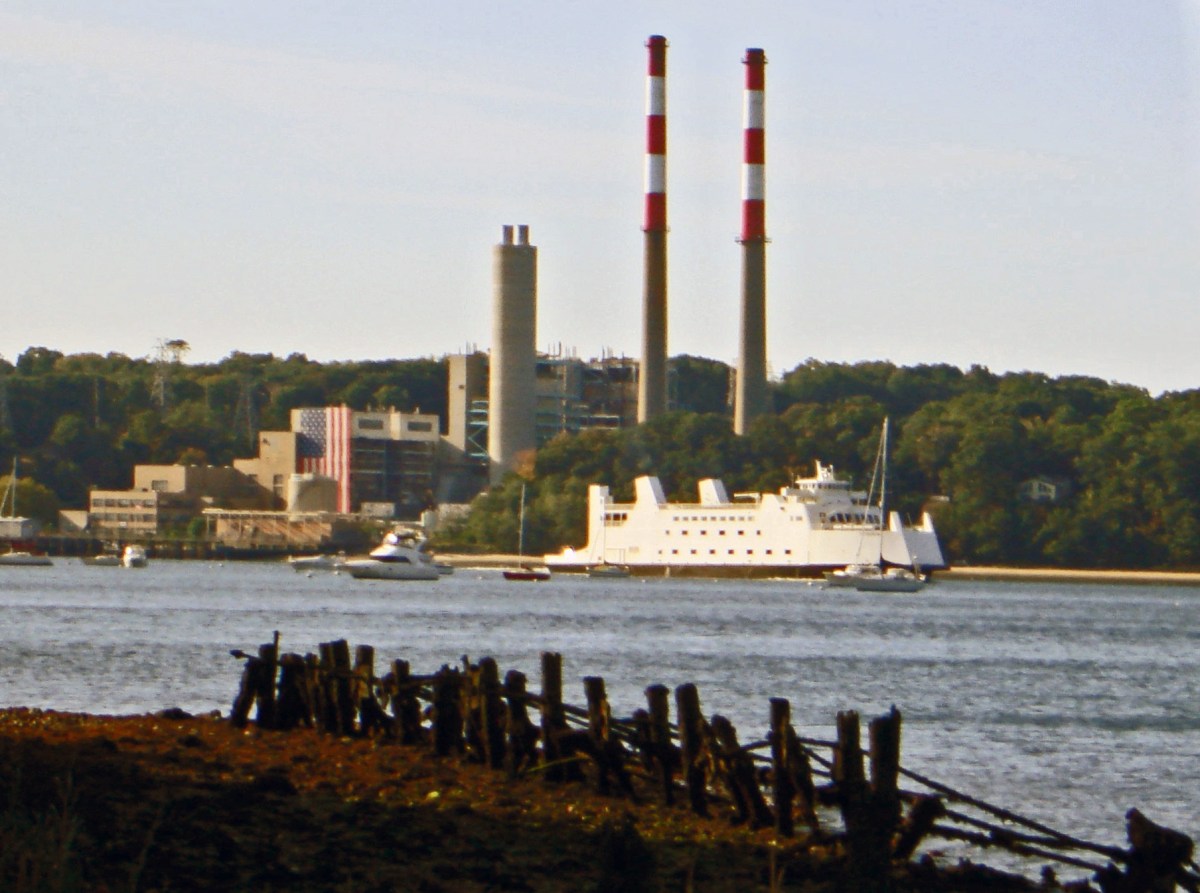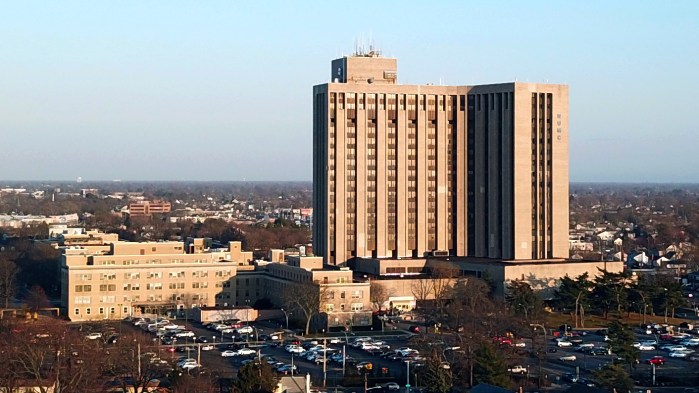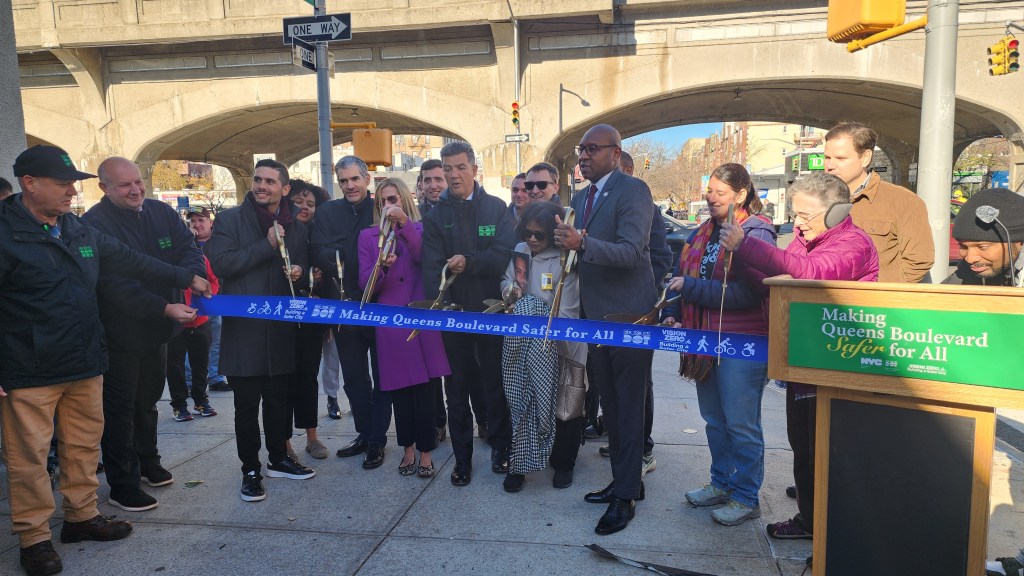The American Lung Association is out with their latest numbers and they are bad: Air pollution is high and not being addressed in many regions. Ours is one. We sometimes take the simple things for granted — like clean air and safe drinking water.
Unfortunately, air and water pollution in Suffolk County are real and need to be fixed. For the sake of our kids, health and future, Congress and the Administration need to step up. Ultimately, tackling rising air and water pollution seems a faraway issue, but they sneak on us with profound effect.
Here are the arresting facts for Suffolk County. The American Lung Association annually assesses the state of America’s air. The ALA just gave us their lowest mark – again. Our county earned a “grade of F” for air quality – indicating a spike.
Under the category of ozone (the bad, ground-level sort, not stratospheric “hole” type), we suffered 29 so-called “orange days,” which is “unhealthy” for sensitive populations (e.g. young, old, confronting heart, respiratory, diabetes and related health issues). We suffered two “red” days, completely unhealthy for anyone who breathes!
In Suffolk County, at risk groups include the young, those over 65, those with pediatric and adult asthma, chronic obstructive pulmonary diseases (like progressive emphysema, chronic bronchitis, and other respiratory ailments causing short breath), various cancers (especially lung cancer), cardio-vascular disease and diabetes.
The question is, why are we letting this obvious health and safety issue go unsolved? Answer: National leaders are dragging their feet. Who pays? Average Americans. Individually we cannot solve the problem, but together we can. And this is the time to do so.
Among rising sources of air pollution, the Environmental Protection Agency cites cars, power plants, industrial boilers, refineries, and chemical plants. That is why federal standardization and reasonable regulation are necessary. Overdoing regulation is wrong; underdoing is just as wrong.
As an East Coast resident, one cannot fail to comment on the devastating impact 259 mid-western coal-fired plants have on quality of life. Pollution from these plants have literally destroyed the health of thousands of lakes, ponds, rivers, streams and estuaries on the East Coast — and affected our health.
Experts are blunt: “Burning coal releases toxic mercury that rains down into rivers and streams …” and “mercury is a powerful neurotoxin that can damage the brain and nervous system …” Unfortunately, “currently, coal fired plants are the largest single source of unregulated mercury in the United States, emitting over 33 tons of toxic mercury each year.” Here again, is a way to help clean up the air.
Why is EPA not being held accountable? Not doing more? Not recognizing that — jobs notwithstanding — this is having a profoundly adverse effect? In fact, the EPA is going in the reverse direction. Lowering the standards and letting each state set its own target. Never mind the fact that pollution from one state easily travels to others. Instead of ignoring these arresting facts, we need to address them.
Nationally, politicians debate all sorts of climate issues, but what about addressing air and water pollution right here? Why aren’t our local Congressional representatives not voicing loud objections as the EPA relaxes Obama era standards? Maybe we are missing the trees for the forest? The EPA under any administration should be thinking harder about health of average Americans, how to prevent diseases and end the radiating effects of avoidable air and water pollution.
This simple but noxious problem in our lives is serious but fixable. The goal should be to get EPA to understand — politics aside — citizens deserve cleaner air and water. Perhaps putting former corporate lobbyists in leadership positions at EPA is part of the problem. How do we assure accountability, when those invested in the status quo are setting standards?
Answers do exist and should be pushed. Example: Based on the troubling ALA findings for Suffolk County, priority should be phasing out heavy oil and diesel- burning regional power plants, such as in Port Jefferson and Long Island City (and across the LI Sound in Bridgeport), to reduce local health risks. We should pivot to cleaning up air and water at our doorstep — and doing so now.
Of course, we should also deploy wind and solar at scale around Long Island, look around corners beyond incentives for hybrid cars and charging stations, which really do not get enough attention. How about federal incentives for north-south public transportation, such as light rail or rapid transit bus? How about linking the middle of Long Island with the North and South Shore?
Why not think “out of the box,” about a multi-modal public transportation network, multiple smooth transfer points, less mobile pollution from congestion on routes 110, 111 and 112? Just ideas – but their time has come. Action counts, far more than “infrastructure weeks,” which sound good but fix nothing.
Air and water pollution are real. If we are not going to treat this as a solvable problem today, when will we? The American Lung Association report will not garner much attention, but for all of us who breathe — and deserve cleaner air and water in Suffolk — it should.
































